Mastering Microservices: gRPC with Node.js Explained
Microservices have taken over the software development world, making applications more scalable and modular. But with microservices comes the challenge of efficient service-to-service communication. Traditionally, REST APIs have been the go-to solution, but they come with limitations like JSON serialization overhead, lack of strong typing, and inefficient network usage. This is where gRPC (Google Remote Procedure Call) comes in. Built on HTTP/2, gRPC is fast, efficient, and perfect for real-time microservices communication. What is gRPC? gRPC was developed by Google and is an open-source framework that enables communication between services in a distributed system. Unlike REST, which relies on text-based JSON over HTTP/1.1, gRPC uses binary serialization (Protocol Buffers) over HTTP/2, making it significantly faster and more efficient. Key Features of gRPC: → Protocol Buffers (Protobufs): A lightweight and efficient serialization format. → Streaming Support: Unlike REST, gRPC supports bidirectional streaming. → Strong Typing: Enforces strict contract-based communication. → Automatic Code Generation: Reduces boilerplate code in client-server interactions. How gRPC Works At its core, gRPC works as follows: Define the service contract using a .proto file. Generate server and client stubs from the .proto file. Implement the server logic in Node.js. Client interacts with the server using gRPC-generated code. Setting Up gRPC in Node.js Let’s jump into building a simple gRPC service in Node.js. Step 1: Install Dependencies First, set up a Node.js project and install gRPC libraries: mkdir grpc-node-microservices && cd grpc-node-microservices npm init -y npm install @grpc/grpc-js @grpc/proto-loader Step 2: Define the gRPC Service Create a proto directory and add a file called service.proto: syntax = "proto3"; package users; service UserService { rpc GetUser (UserRequest) returns (UserResponse); } message UserRequest { string userId = 1; } message UserResponse { string userId = 1; string name = 2; int32 age = 3; } This defines a UserService with an RPC method GetUser that takes a UserRequest and returns a UserResponse. Step 3: Implement the gRPC Server Now, create a server.js file: const grpc = require('@grpc/grpc-js'); const protoLoader = require('@grpc/proto-loader'); const packageDefinition = protoLoader.loadSync('proto/service.proto'); const usersProto = grpc.loadPackageDefinition(packageDefinition).users; const server = new grpc.Server(); const userData = { "1": { userId: "1", name: "Alice", age: 25 }, "2": { userId: "2", name: "Bob", age: 30 } }; server.addService(usersProto.UserService.service, { GetUser: (call, callback) => { const user = userData[call.request.userId]; if (user) { callback(null, user); } else { callback({ code: grpc.status.NOT_FOUND, details: "User not found" }); } } }); server.bindAsync('127.0.0.1:50051', grpc.ServerCredentials.createInsecure(), () => { console.log('gRPC server running on port 50051'); server.start(); }); This server listens on port 50051 and returns user data. Step 4: Implement the gRPC Client Create a client.js file: const grpc = require('@grpc/grpc-js'); const protoLoader = require('@grpc/proto-loader'); const packageDefinition = protoLoader.loadSync('proto/service.proto'); const usersProto = grpc.loadPackageDefinition(packageDefinition).users; const client = new usersProto.UserService('127.0.0.1:50051', grpc.credentials.createInsecure()); client.GetUser({ userId: "1" }, (error, response) => { if (error) { console.error(error); } else { console.log('User:', response); } }); Run the server first: node server.js Then, run the client: node client.js You should see: User: { userId: '1', name: 'Alice', age: 25 } Advanced gRPC Features in Node.js Streaming: Unlike REST, gRPC supports four types of communication: - Unary RPC (Single request, single response) - Server Streaming RPC (Single request, multiple responses) - Client Streaming RPC (Multiple requests, single response) - Bi-Directional Streaming RPC (Multiple requests, multiple responses) Interceptors and Middleware - Just like Express middleware, gRPC has interceptors to handle authentication, logging, etc. Error Handling - Use grpc.status to define custom errors like grpc.status.PERMISSION_DENIED. gRPC vs REST in Microservices Feature gRPC REST Protocol HTTP/2 HTTP/1.1 Serialization Protobuf (binary) JSON (text) Speed Faster Slower Streaming Yes No Strong Typing Yes No Interoperability Limited to gRPC-supported languages Universal When to Use gRPC? → Internal microservices communication → High-performance real-time services → Langua

Microservices have taken over the software development world, making applications more scalable and modular. But with microservices comes the challenge of efficient service-to-service communication. Traditionally, REST APIs have been the go-to solution, but they come with limitations like JSON serialization overhead, lack of strong typing, and inefficient network usage.
This is where gRPC (Google Remote Procedure Call) comes in. Built on HTTP/2, gRPC is fast, efficient, and perfect for real-time microservices communication.
What is gRPC?
gRPC was developed by Google and is an open-source framework that enables communication between services in a distributed system. Unlike REST, which relies on text-based JSON over HTTP/1.1, gRPC uses binary serialization (Protocol Buffers) over HTTP/2, making it significantly faster and more efficient.
Key Features of gRPC:
→ Protocol Buffers (Protobufs): A lightweight and efficient serialization format.
→ Streaming Support: Unlike REST, gRPC supports bidirectional streaming.
→ Strong Typing: Enforces strict contract-based communication.
→ Automatic Code Generation: Reduces boilerplate code in client-server interactions.
How gRPC Works
At its core, gRPC works as follows:
-
Define the service contract using a
.protofile. -
Generate server and client stubs from the
.protofile. - Implement the server logic in Node.js.
- Client interacts with the server using gRPC-generated code.
Setting Up gRPC in Node.js
Let’s jump into building a simple gRPC service in Node.js.
Step 1: Install Dependencies
First, set up a Node.js project and install gRPC libraries:
mkdir grpc-node-microservices && cd grpc-node-microservices
npm init -y
npm install @grpc/grpc-js @grpc/proto-loader
Step 2: Define the gRPC Service
Create a proto directory and add a file called service.proto:
syntax = "proto3";
package users;
service UserService {
rpc GetUser (UserRequest) returns (UserResponse);
}
message UserRequest {
string userId = 1;
}
message UserResponse {
string userId = 1;
string name = 2;
int32 age = 3;
}
This defines a UserService with an RPC method GetUser that takes a UserRequest and returns a UserResponse.
Step 3: Implement the gRPC Server
Now, create a server.js file:
const grpc = require('@grpc/grpc-js');
const protoLoader = require('@grpc/proto-loader');
const packageDefinition = protoLoader.loadSync('proto/service.proto');
const usersProto = grpc.loadPackageDefinition(packageDefinition).users;
const server = new grpc.Server();
const userData = {
"1": { userId: "1", name: "Alice", age: 25 },
"2": { userId: "2", name: "Bob", age: 30 }
};
server.addService(usersProto.UserService.service, {
GetUser: (call, callback) => {
const user = userData[call.request.userId];
if (user) {
callback(null, user);
} else {
callback({ code: grpc.status.NOT_FOUND, details: "User not found" });
}
}
});
server.bindAsync('127.0.0.1:50051', grpc.ServerCredentials.createInsecure(), () => {
console.log('gRPC server running on port 50051');
server.start();
});
This server listens on port 50051 and returns user data.
Step 4: Implement the gRPC Client
Create a client.js file:
const grpc = require('@grpc/grpc-js');
const protoLoader = require('@grpc/proto-loader');
const packageDefinition = protoLoader.loadSync('proto/service.proto');
const usersProto = grpc.loadPackageDefinition(packageDefinition).users;
const client = new usersProto.UserService('127.0.0.1:50051', grpc.credentials.createInsecure());
client.GetUser({ userId: "1" }, (error, response) => {
if (error) {
console.error(error);
} else {
console.log('User:', response);
}
});
Run the server first:
node server.js
Then, run the client:
node client.js
You should see:
User: { userId: '1', name: 'Alice', age: 25 }
Advanced gRPC Features in Node.js
Streaming: Unlike REST, gRPC supports four types of communication:
- Unary RPC (Single request, single response)
- Server Streaming RPC (Single request, multiple responses)
- Client Streaming RPC (Multiple requests, single response)
- Bi-Directional Streaming RPC (Multiple requests, multiple responses)Interceptors and Middleware
- Just like Express middleware, gRPC has interceptors to handle authentication, logging, etc.Error Handling
- Usegrpc.statusto define custom errors likegrpc.status.PERMISSION_DENIED.
gRPC vs REST in Microservices
| Feature | gRPC | REST |
|---|---|---|
| Protocol | HTTP/2 | HTTP/1.1 |
| Serialization | Protobuf (binary) | JSON (text) |
| Speed | Faster | Slower |
| Streaming | Yes | No |
| Strong Typing | Yes | No |
| Interoperability | Limited to gRPC-supported languages | Universal |
When to Use gRPC?
→ Internal microservices communication
→ High-performance real-time services
→ Language-agnostic service interactions
When to Stick with REST?
→ Public APIs
→ Simple CRUD applications
Conclusion
gRPC is a game-changer for microservices, offering faster and more efficient communication compared to REST.
You may also like:
Read more blogs from Here
Share your experiences in the comments, and let’s discuss how to tackle them!
Follow me on Linkedin
















































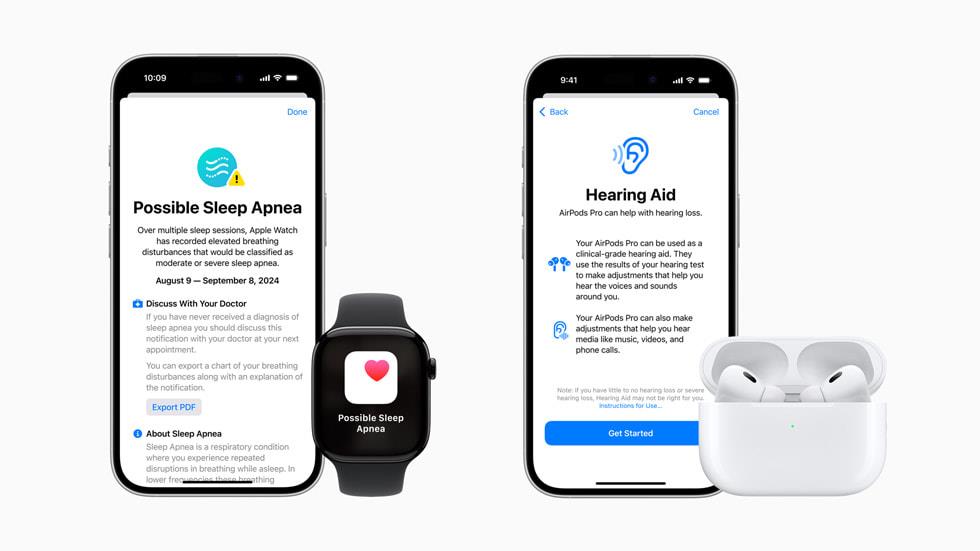
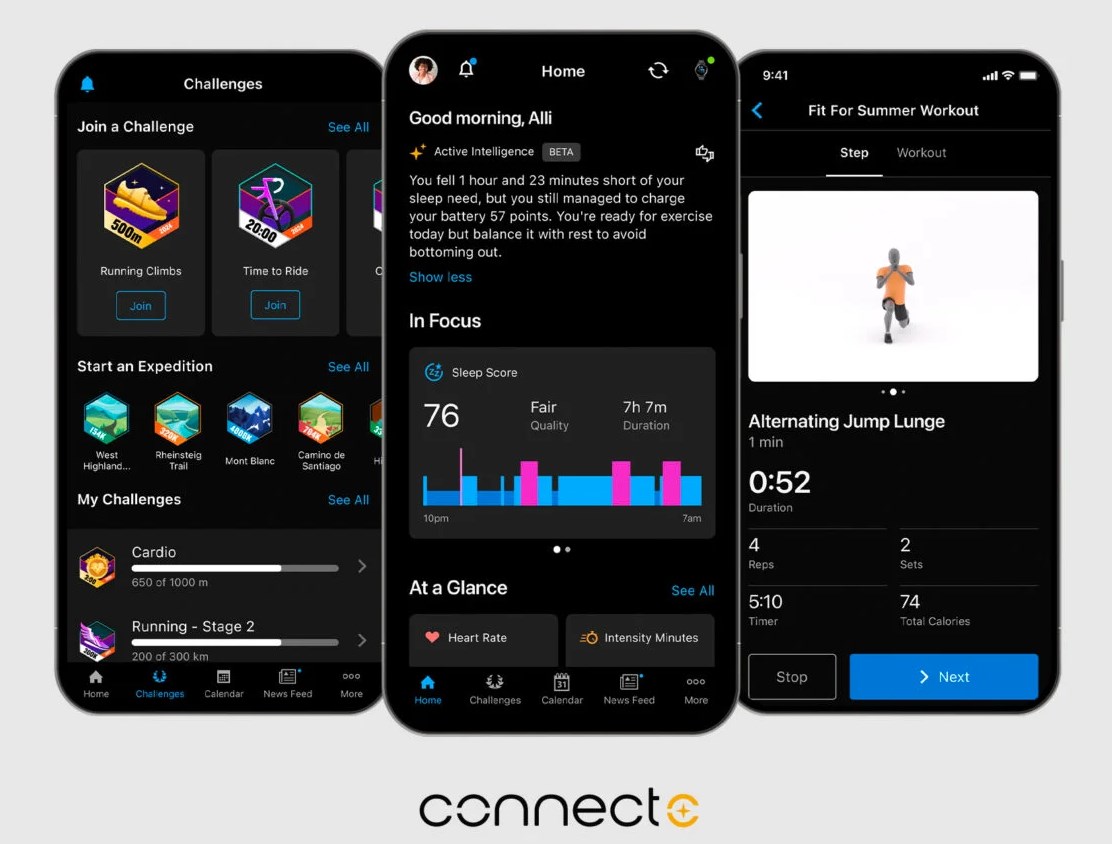
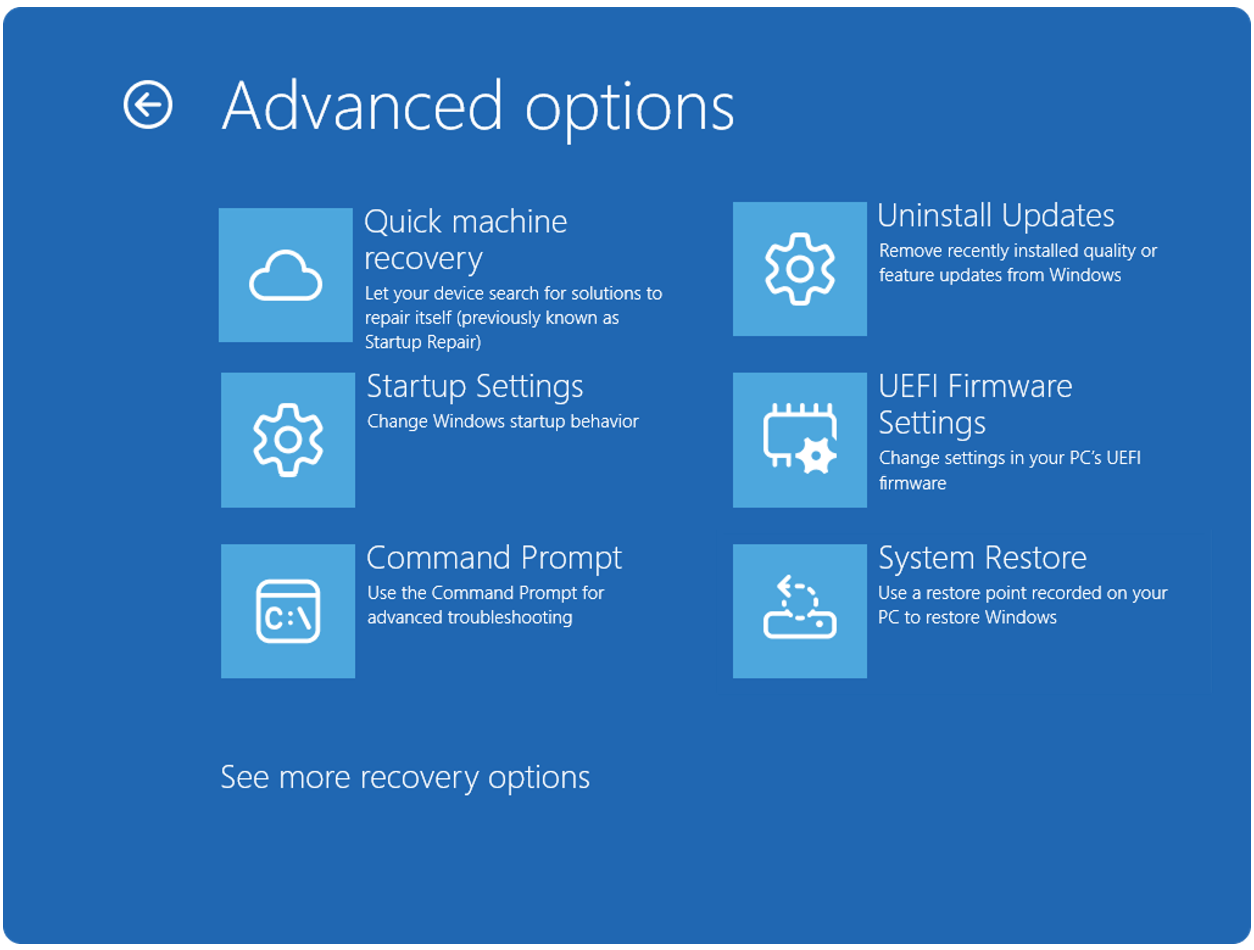


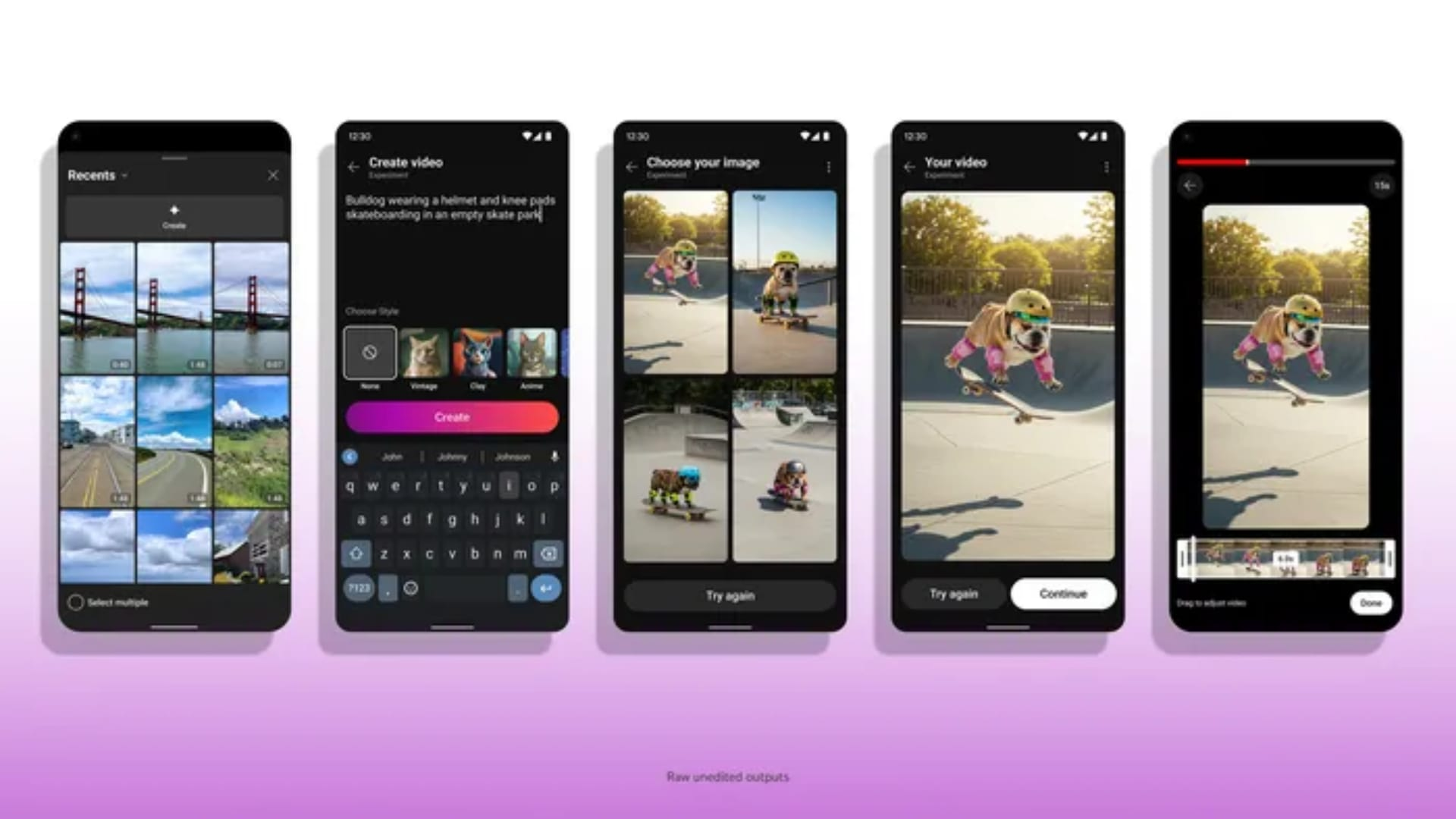

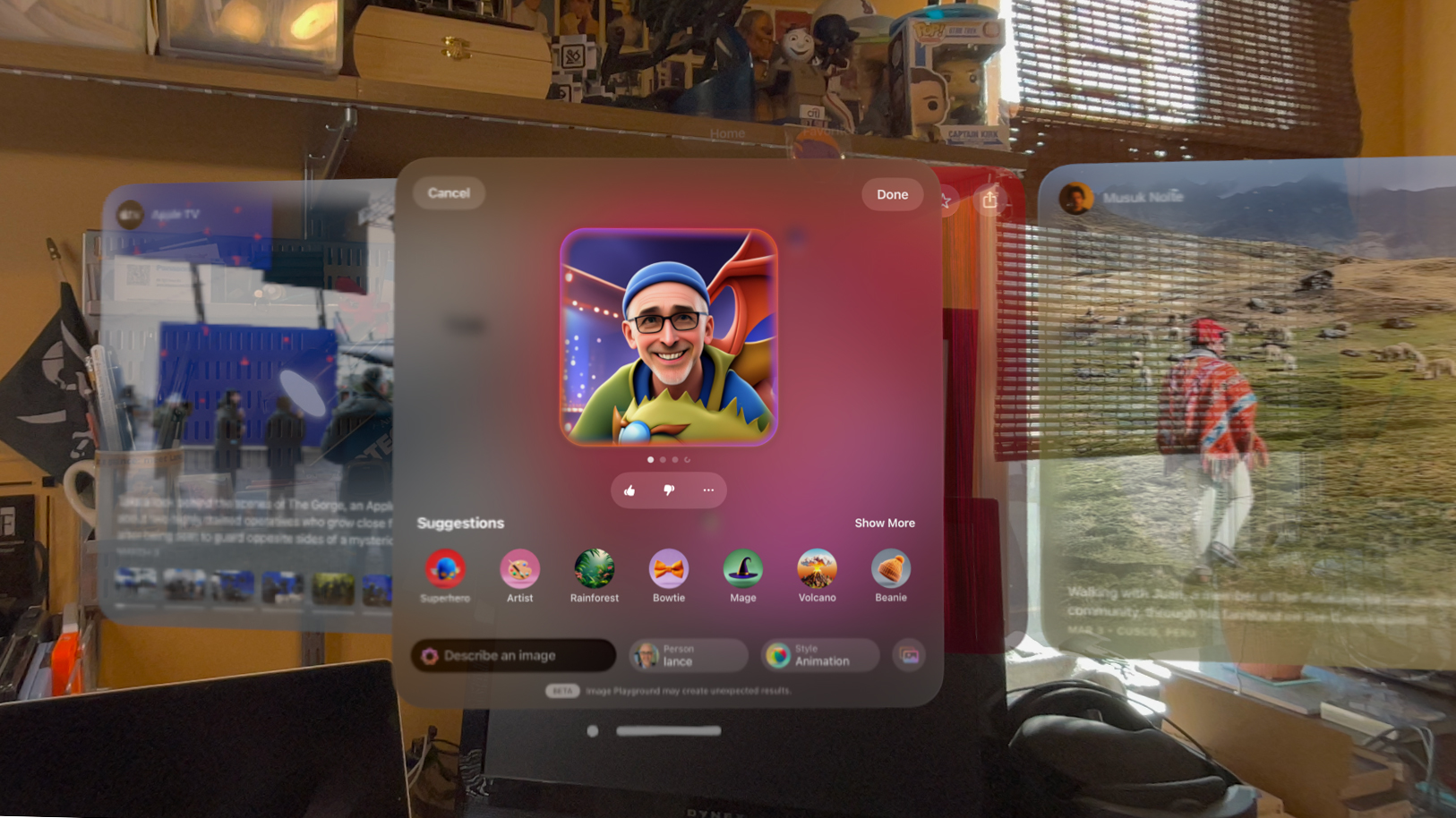












![Apple Watch Series 10 Prototype with Mystery Sensor Surfaces [Images]](https://www.iclarified.com/images/news/96892/96892/96892-640.jpg)

![Get Up to 69% Off Anker and Eufy Products on Final Day of Amazon's Big Spring Sale [Deal]](https://www.iclarified.com/images/news/96888/96888/96888-640.jpg)
![Apple Officially Releases macOS Sequoia 15.4 [Download]](https://www.iclarified.com/images/news/96887/96887/96887-640.jpg)
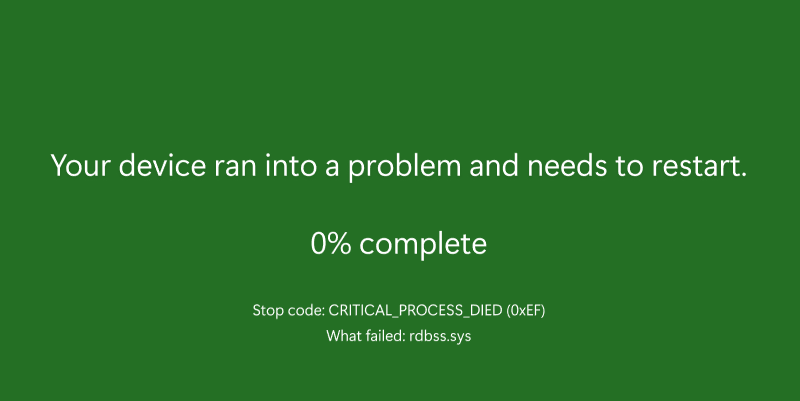











![What’s new in Android’s March 2025 Google System Updates [U: 3/31]](https://i0.wp.com/9to5google.com/wp-content/uploads/sites/4/2025/01/google-play-services-1.jpg?resize=1200%2C628&quality=82&strip=all&ssl=1)










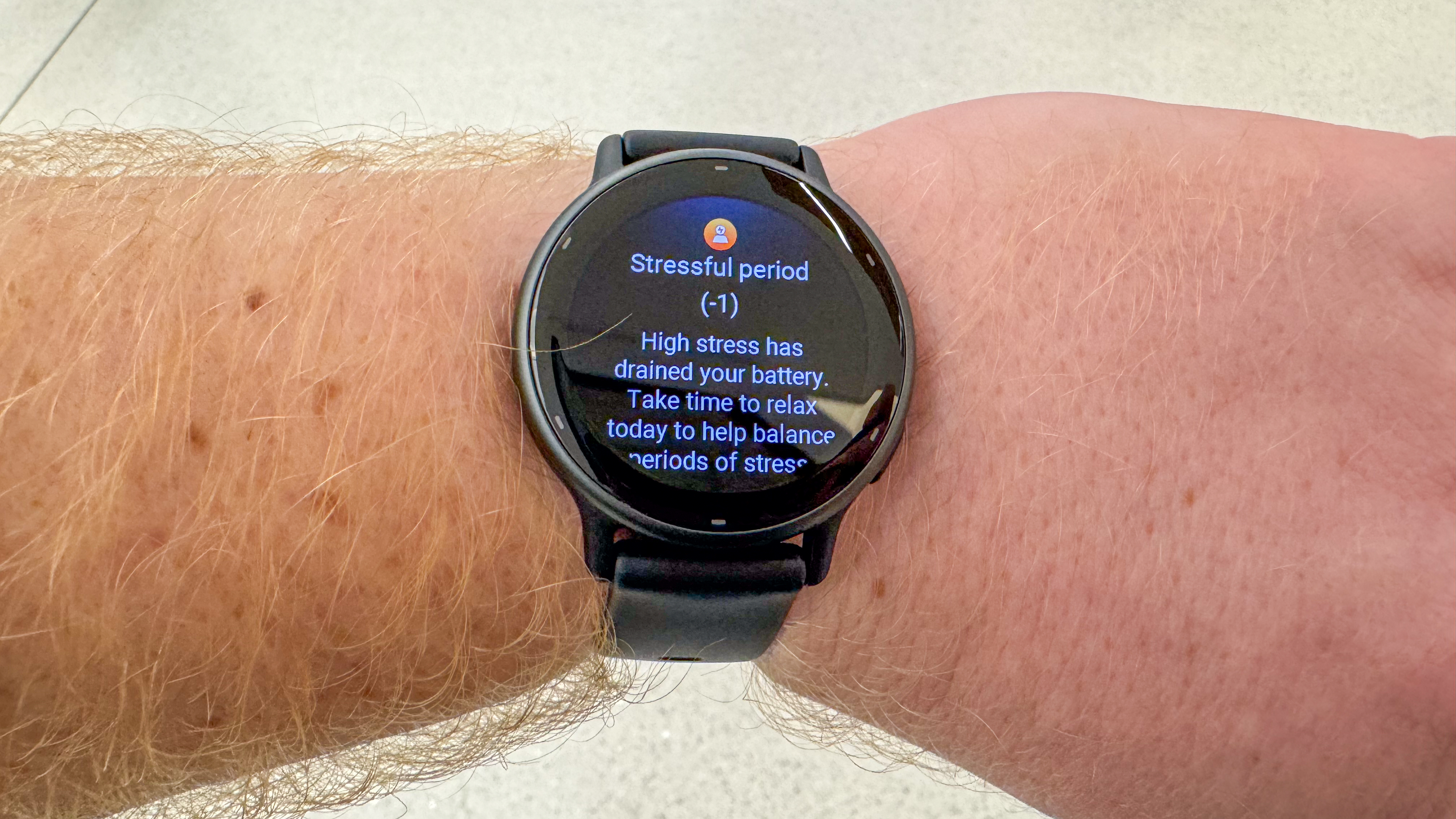



-xl-xl.jpg)
























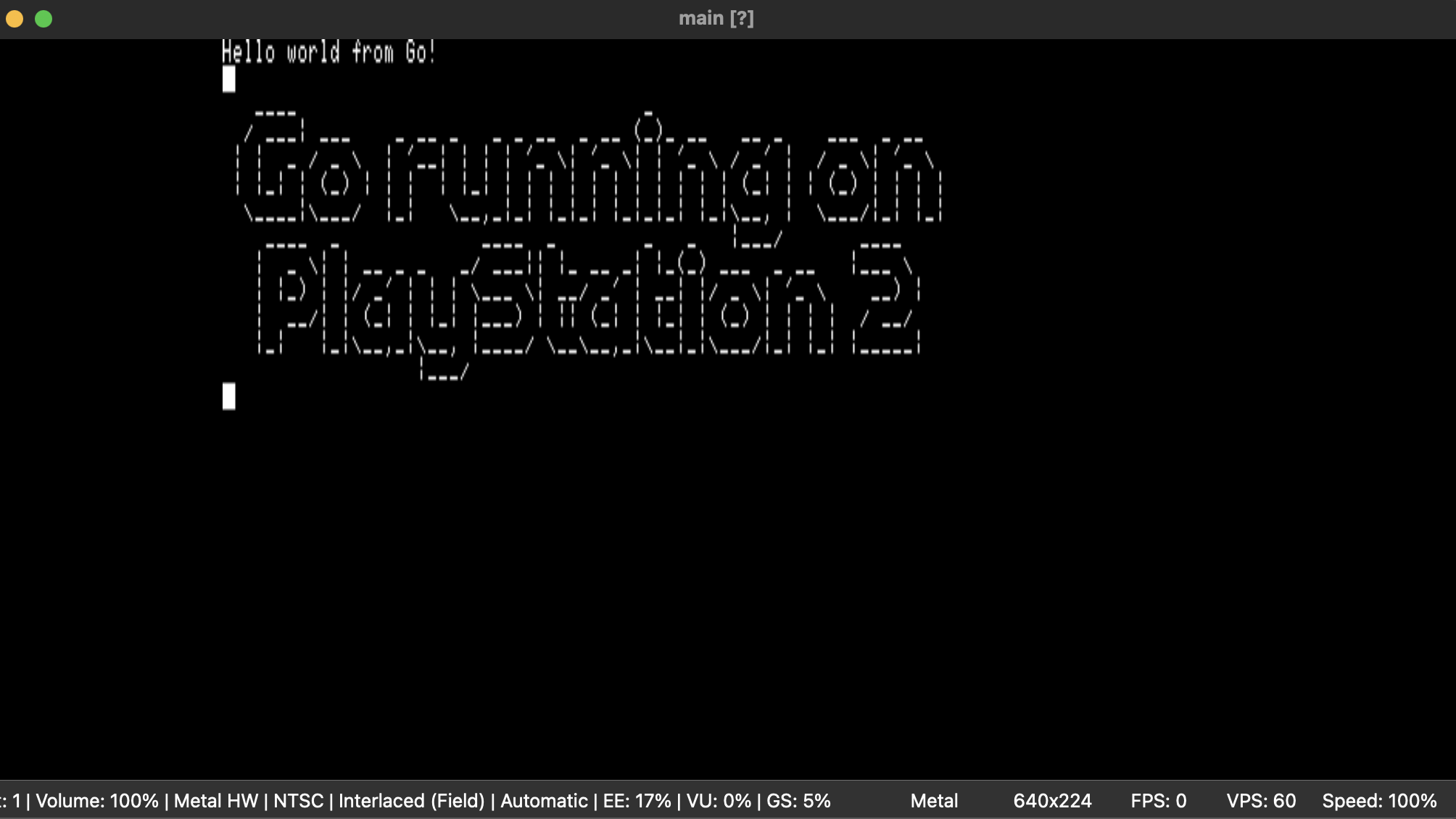
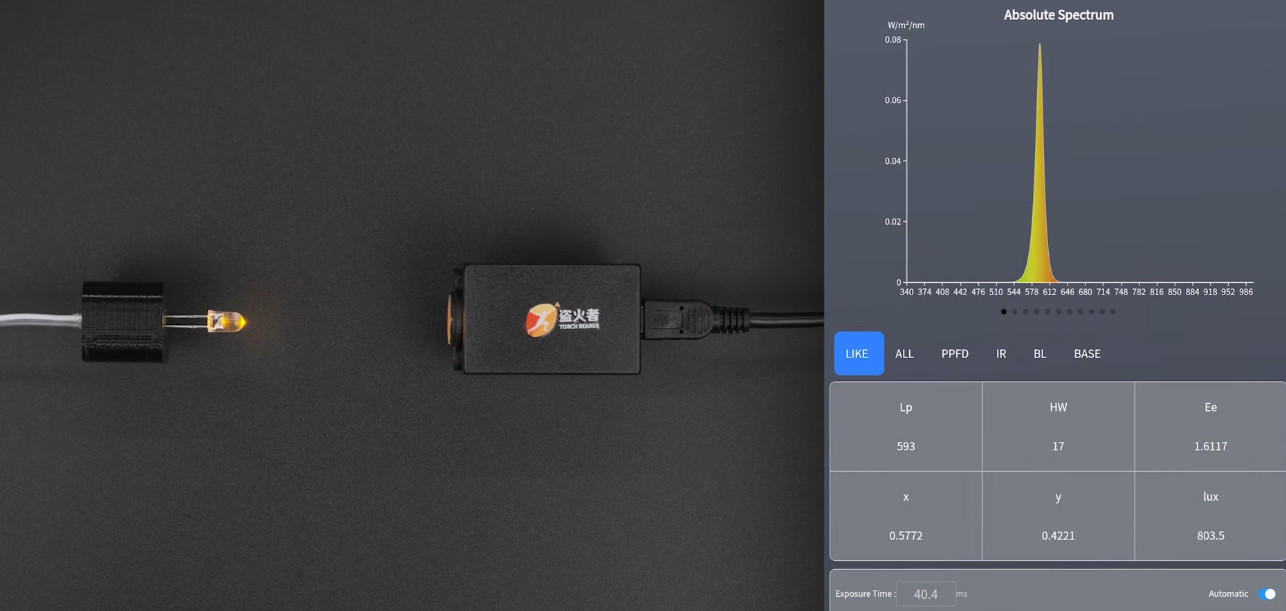

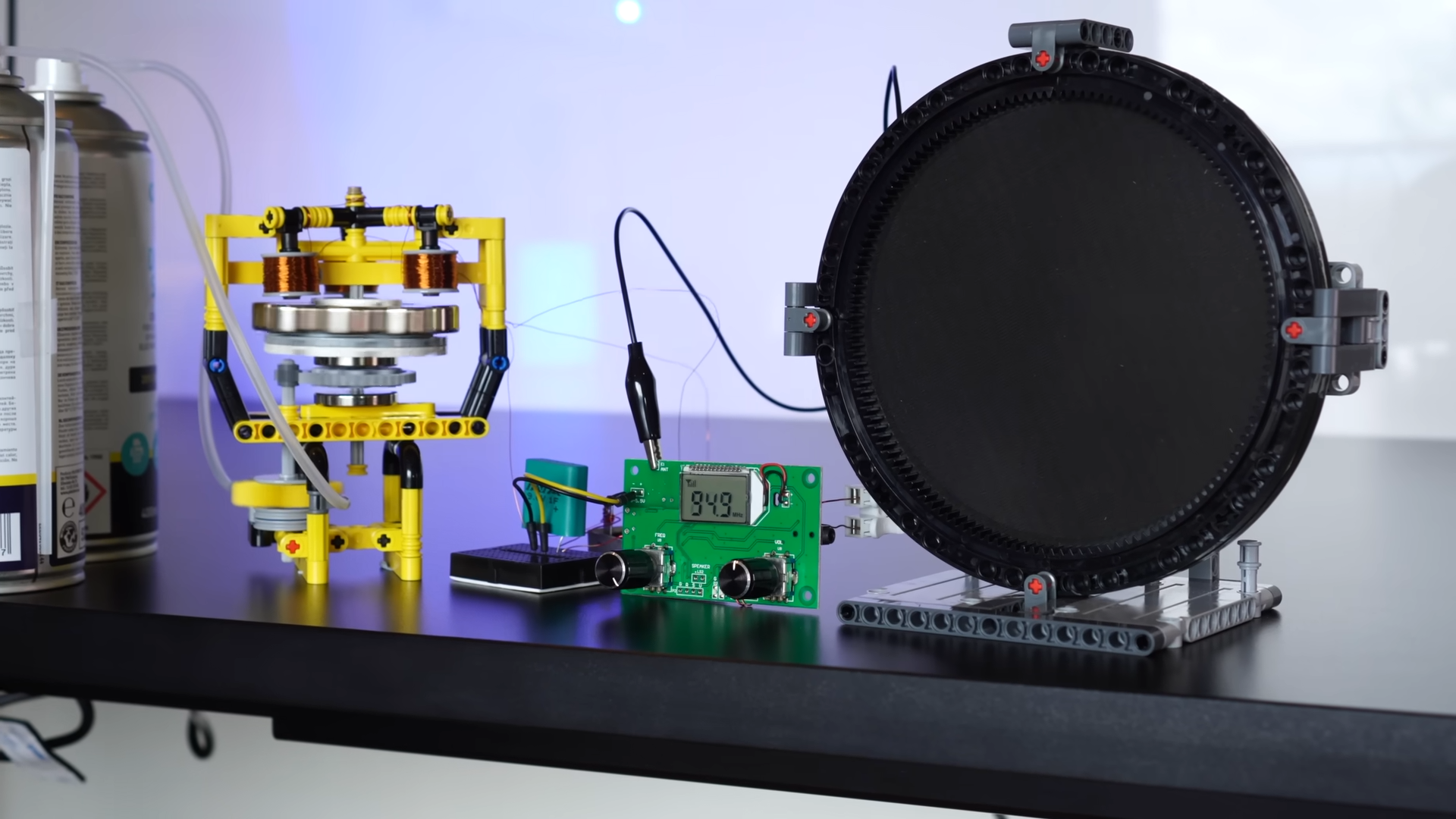

























































































































![[The AI Show Episode 141]: Road to AGI (and Beyond) #1 — The AI Timeline is Accelerating](https://www.marketingaiinstitute.com/hubfs/ep%20141.1.png)
![[The AI Show Episode 140]: New AGI Warnings, OpenAI Suggests Government Policy, Sam Altman Teases Creative Writing Model, Claude Web Search & Apple’s AI Woes](https://www.marketingaiinstitute.com/hubfs/ep%20140%20cover.png)
![[The AI Show Episode 139]: The Government Knows AGI Is Coming, Superintelligence Strategy, OpenAI’s $20,000 Per Month Agents & Top 100 Gen AI Apps](https://www.marketingaiinstitute.com/hubfs/ep%20139%20cover-2.png)






















































































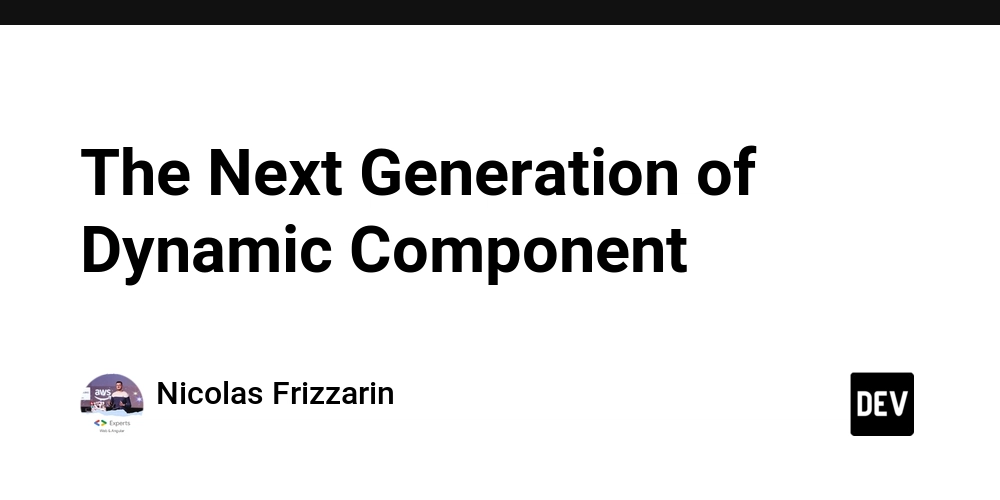
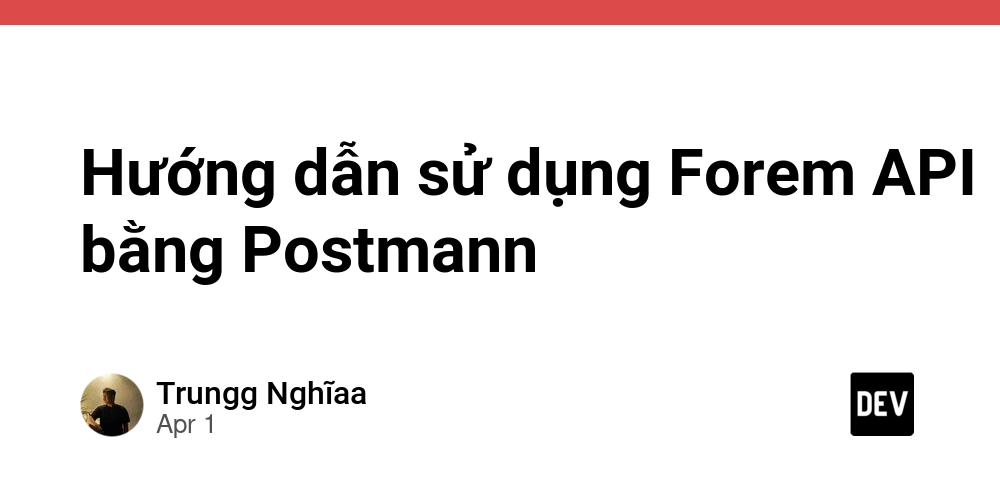
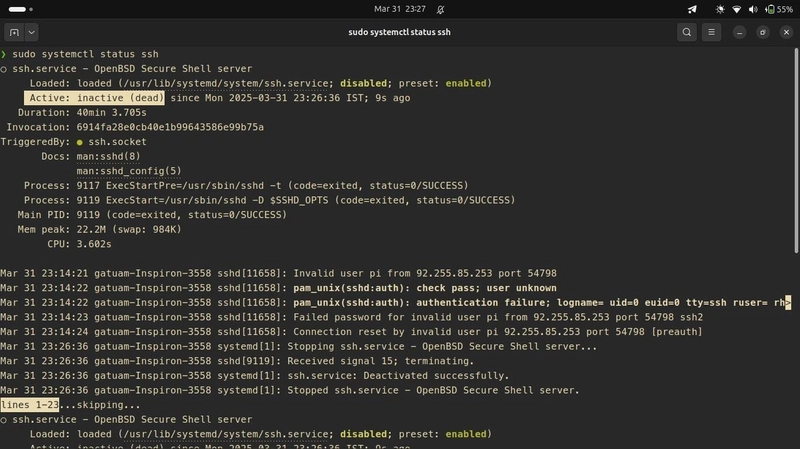
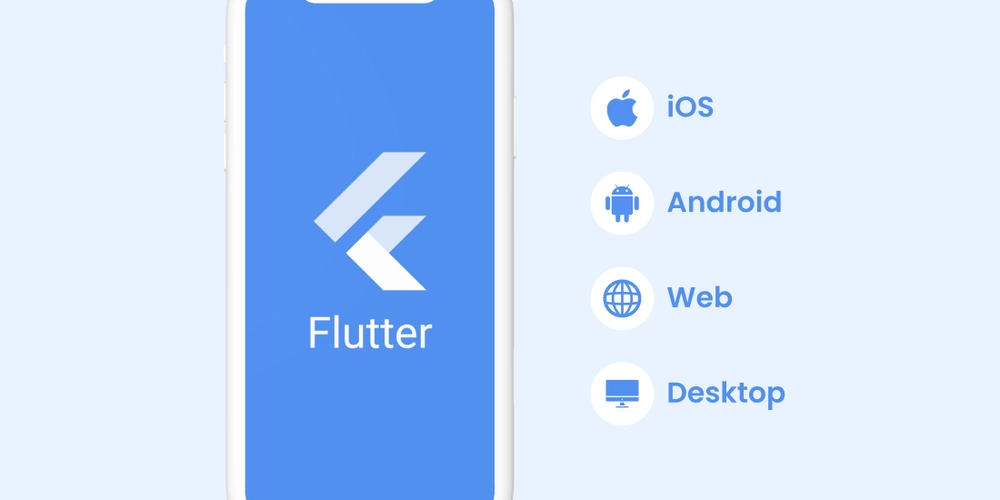




































![From broke musician to working dev. How college drop-out Ryan Furrer taught himself to code [Podcast #166]](https://cdn.hashnode.com/res/hashnode/image/upload/v1743189826063/2080cde4-6fc0-46fb-b98d-b3d59841e8c4.png?#)




























-1280x720.jpg?width=1920&height=1920&fit=bounds&quality=80&format=jpg&auto=webp#)


























































